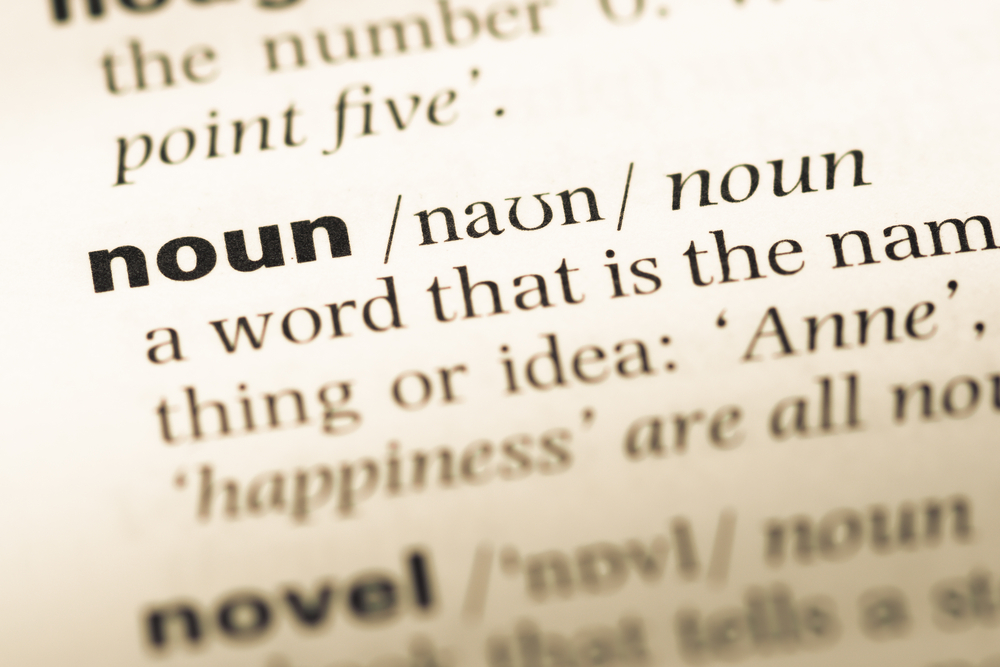Problem-solving practice Normal Worksheets for Ages 6-9
7 filtered results
-
From - To
Unlock your child's potential with our Problem-Solving Practice Normal Worksheets, designed for ages 6-9! These engaging, printable resources provide kids with essential problem-solving skills through fun activities and challenges. Each worksheet is tailored to foster critical thinking, enhance reasoning abilities, and boost confidence as young learners tackle various scenarios. Covering key concepts in math, logic, and everyday situations, our worksheets are perfect for reinforcing classroom learning or providing extra practice at home. Help your child develop resilience and creative thinking skills as they explore enjoyable and age-appropriate problem-solving tasks. Start their journey to becoming confident problem solvers today!
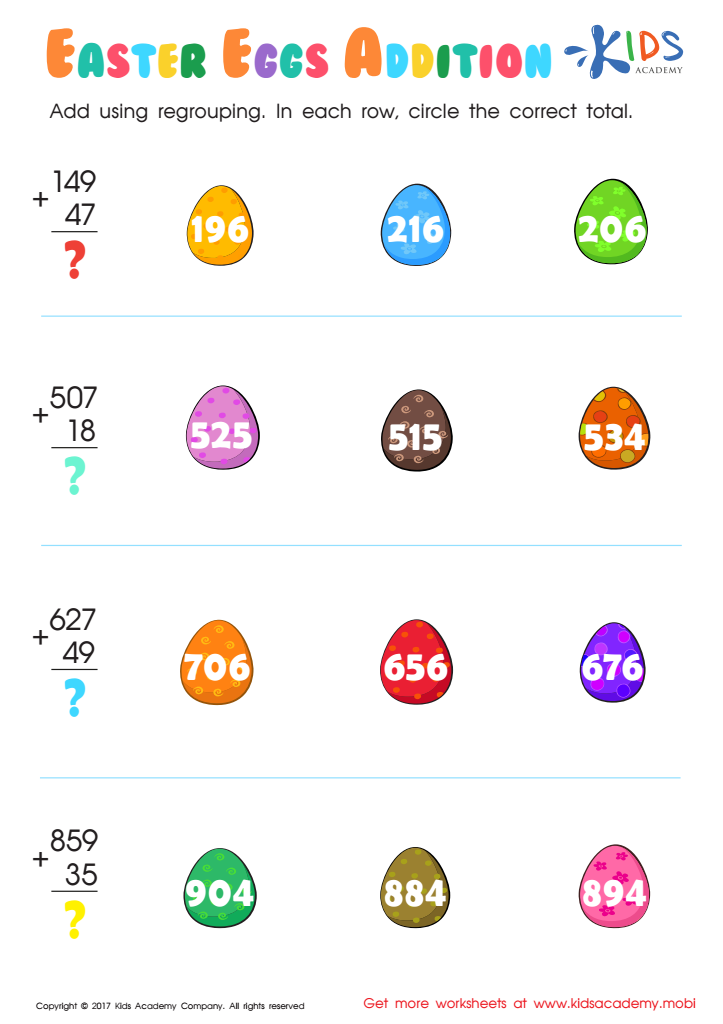

Addition with Regrouping Worksheet
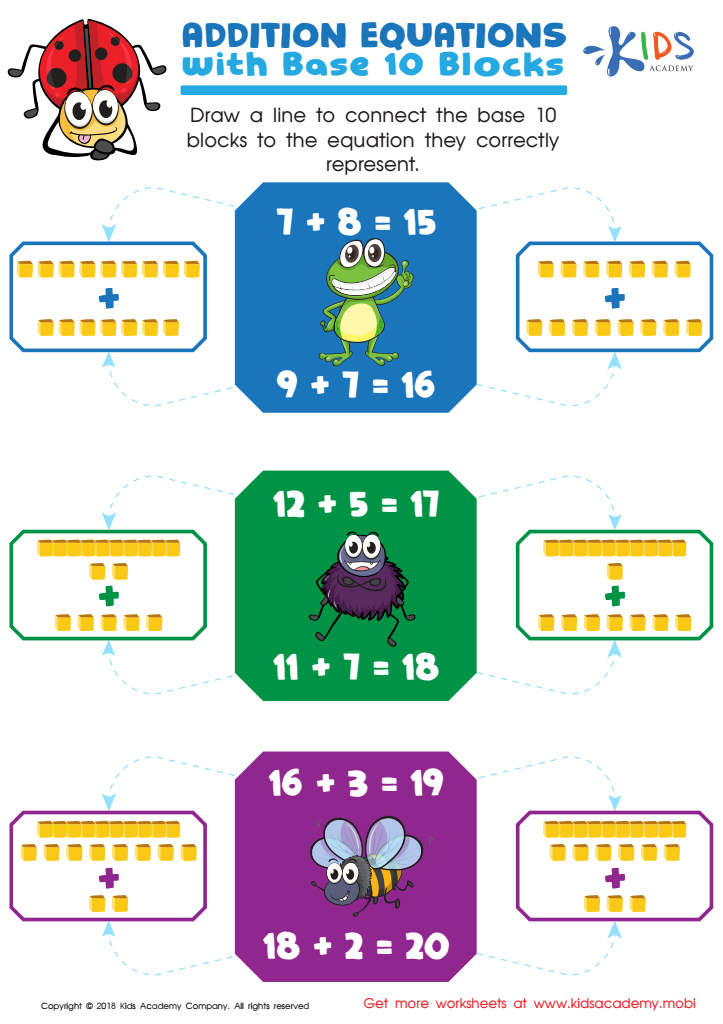

Addition Equations With Base 10 Blocks Worksheet
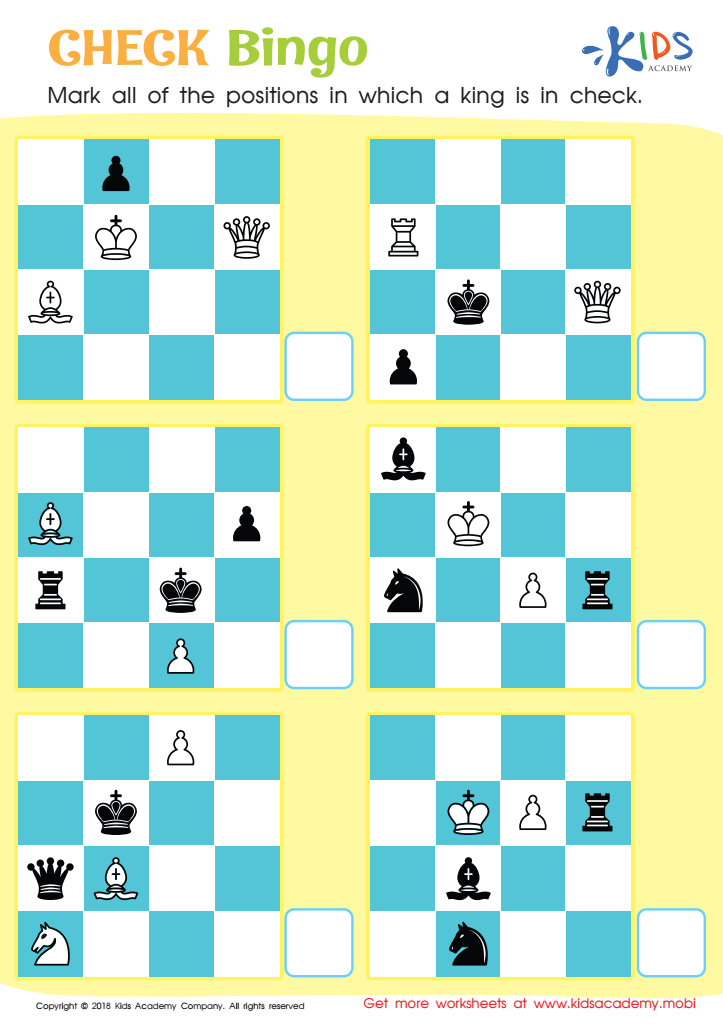

Check Bingo Worksheet


Adding Numbers: Conservation Worksheet
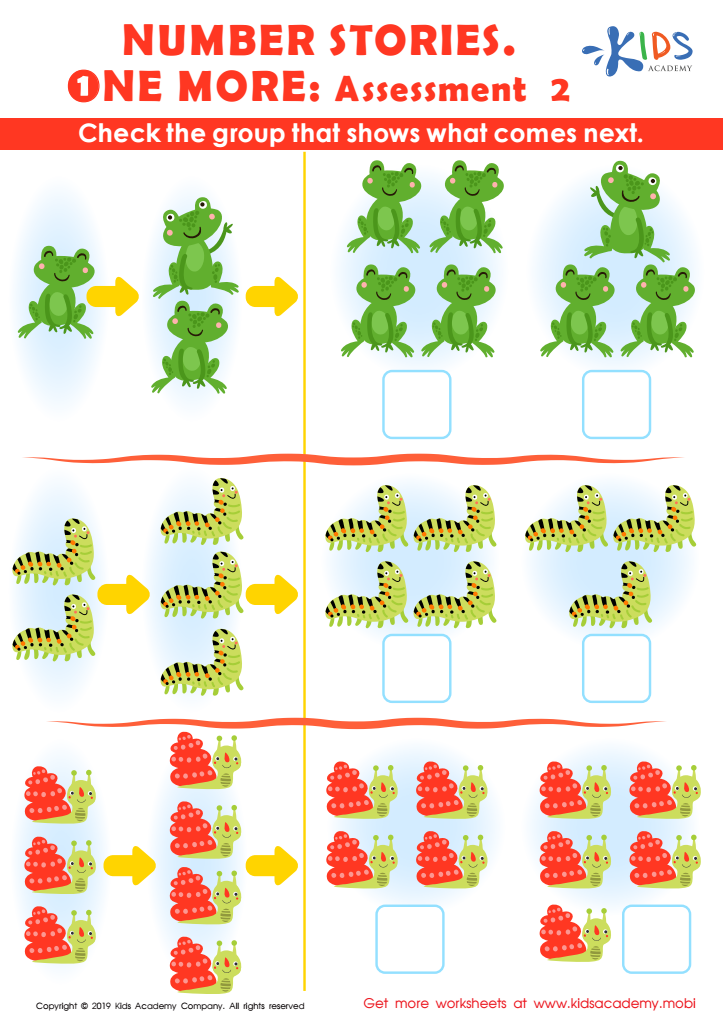

Number Stories One More – Assessment 2 Worksheet
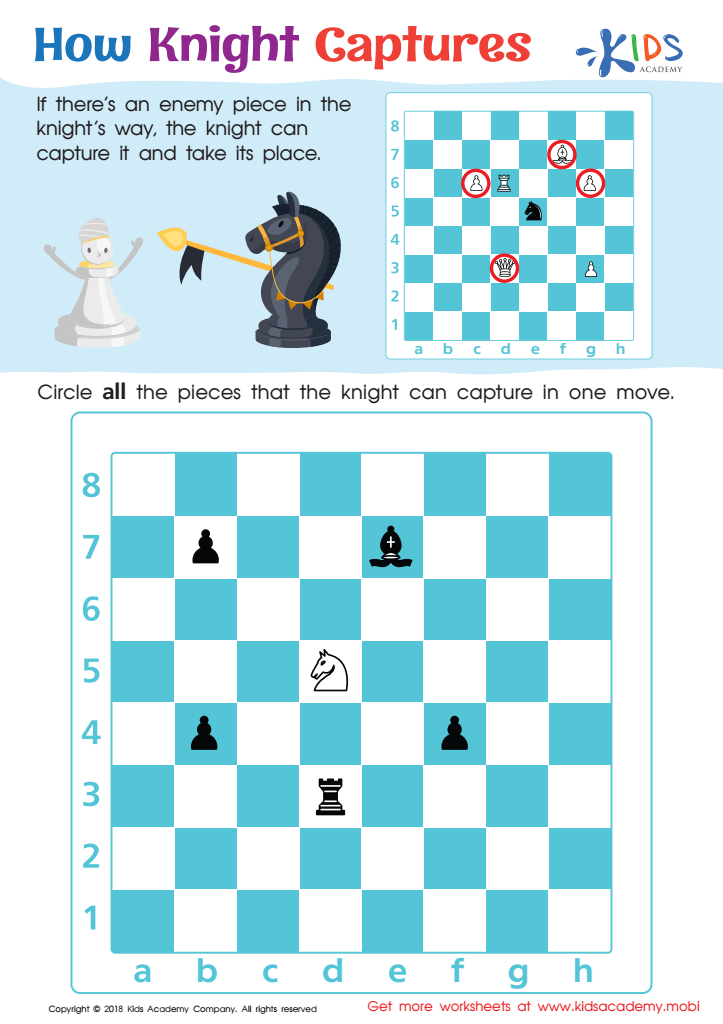

How Knight Captures Worksheet
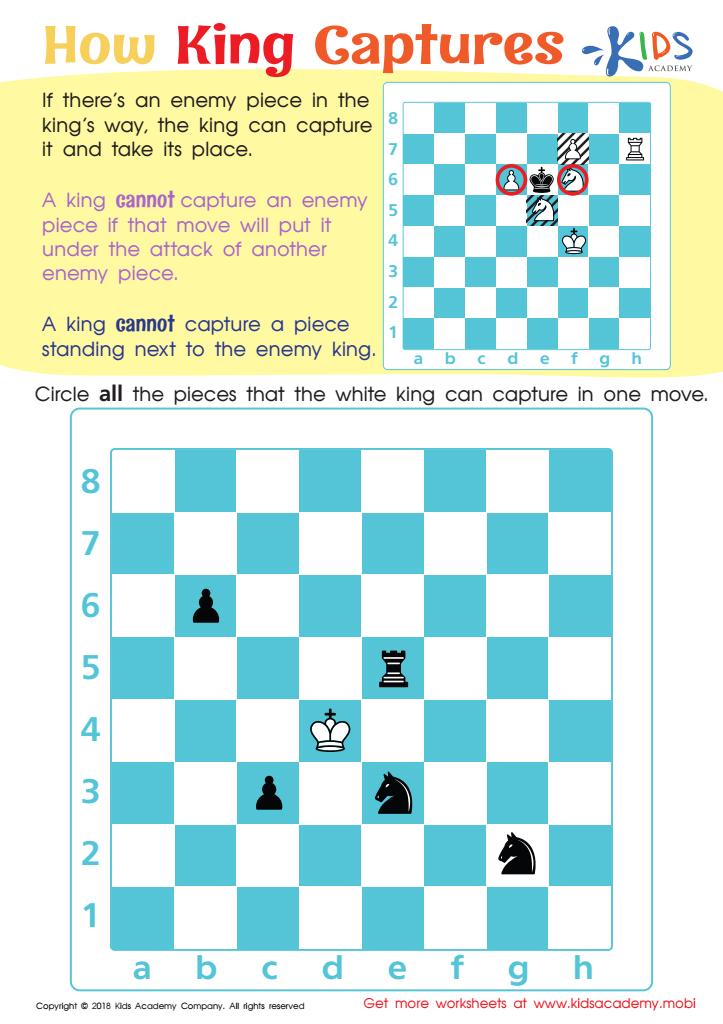

How King Captures Worksheet
Problem-solving practice is crucial for children aged 6-9 years, as it plays a central role in their cognitive and emotional development. During this formative stage, children learn to navigate challenges, think critically, and build resilience. Engaging in problem-solving activities enhances their ability to approach new situations with confidence, fostering independence and creativity. When parents and teachers prioritize problem-solving practice, they equip children with essential skills that extend beyond academics.
Additionally, problem-solving encourages collaboration and communication. Through group activities, children learn to share ideas, respect differing viewpoints, and work towards a common goal. This reinforces social skills vital for teamwork in later life. Moreover, mastering problem-solving early cultivates a growth mindset, allowing children to view failures as opportunities for learning rather than setbacks.
Early exposure to structured problem-solving paves the way for stronger mathematical skills and logical reasoning, essential foundations for future learning. Parents and teachers who invest time in these practices enable children to develop critical thinking abilities that can enhance their academic performance in all subjects. Promoting problem-solving not only prepares children for school but also for real-life challenges, helping shape informed, confident, and resilient individuals ready to tackle the world. Thus, embracing problem-solving practice is a worthwhile investment in a child's future.
 Assign to My Students
Assign to My Students





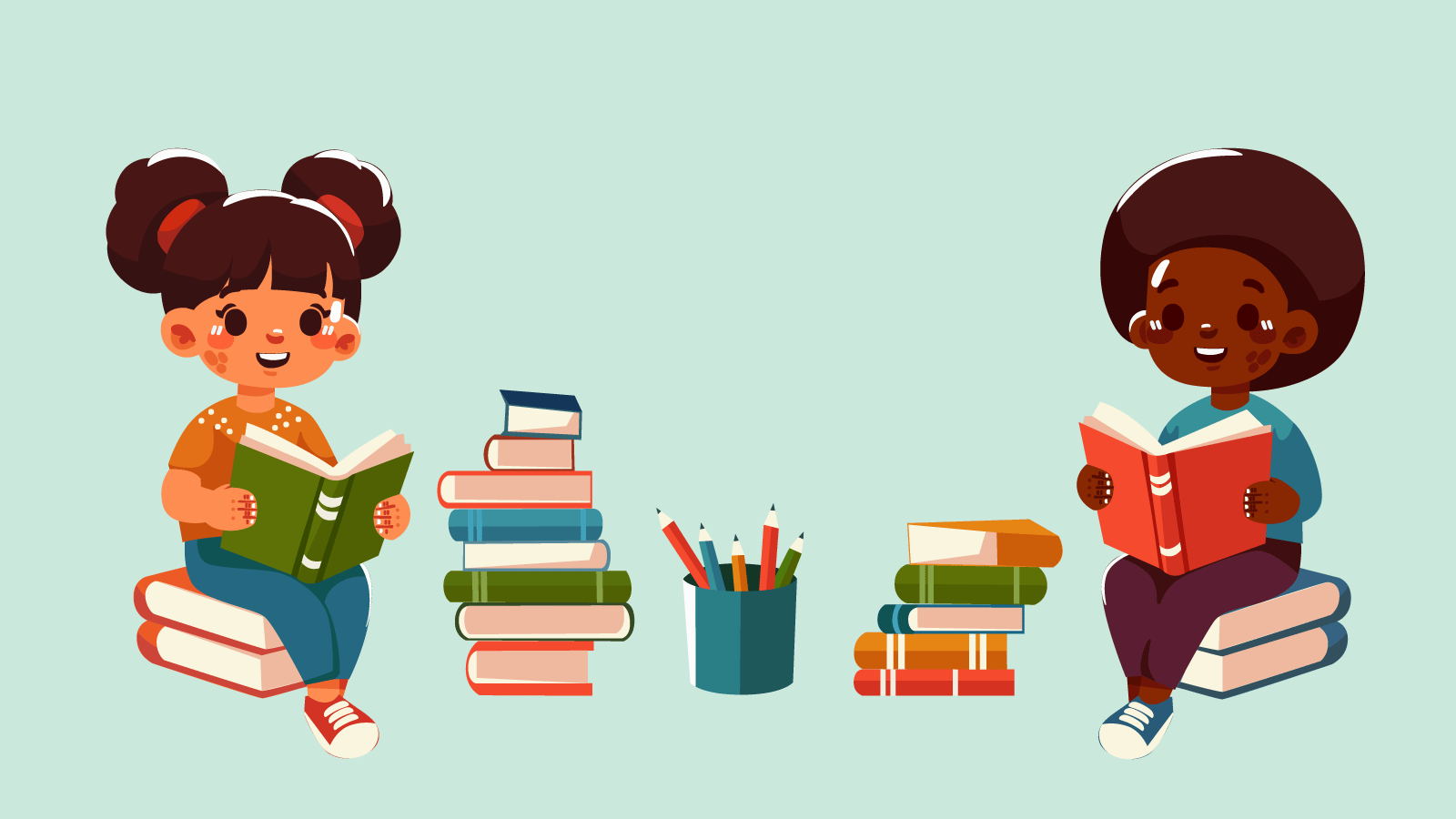

.jpg)
